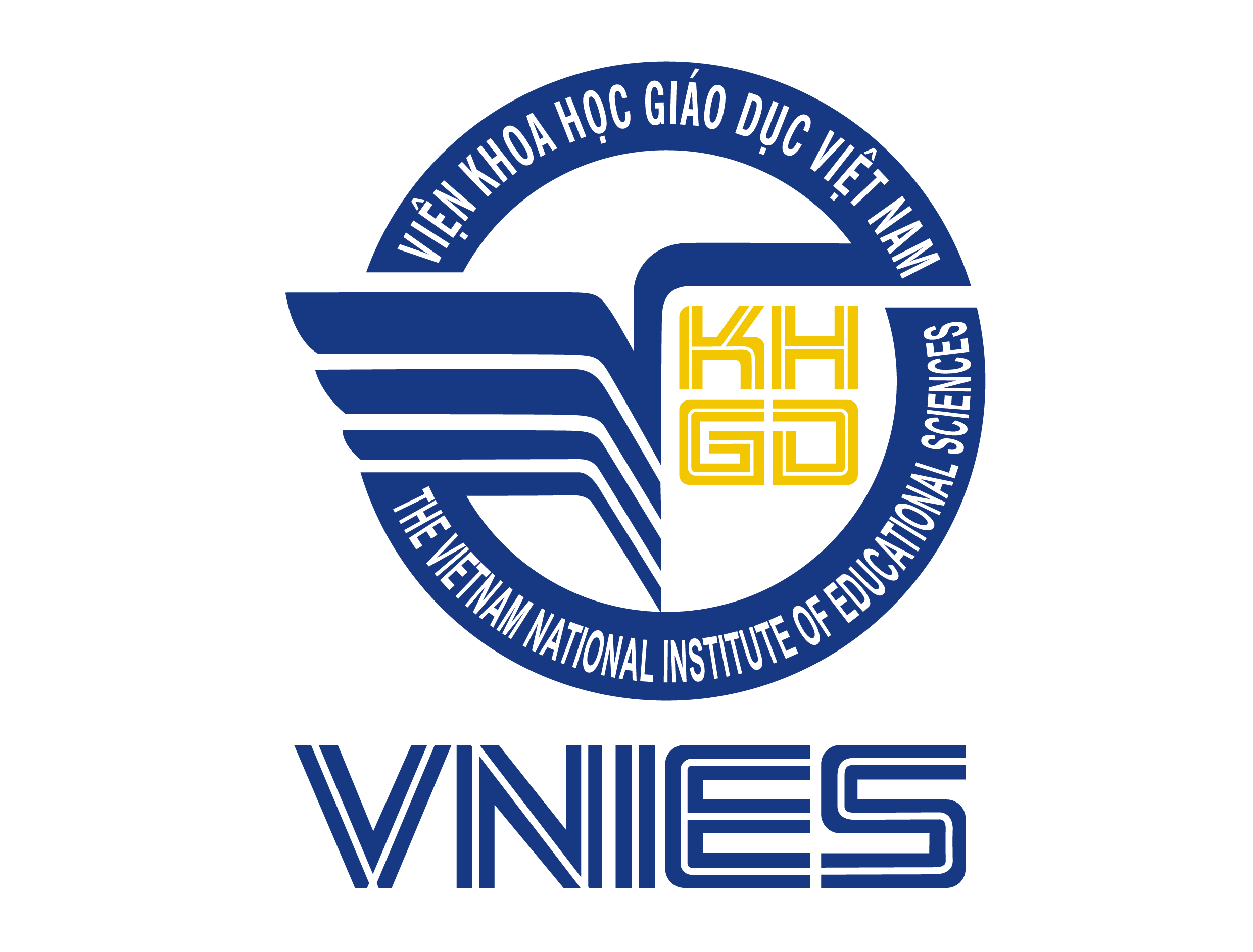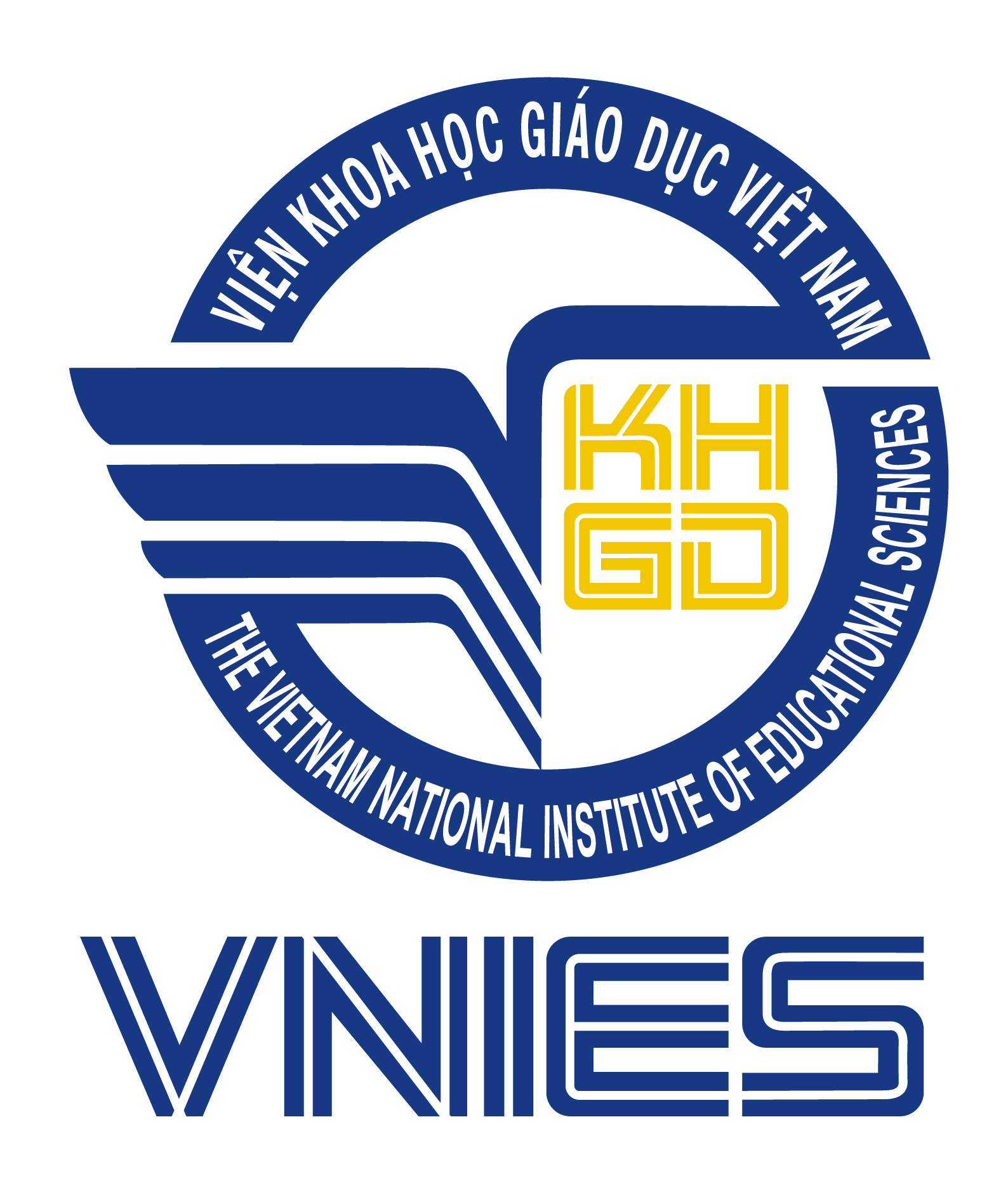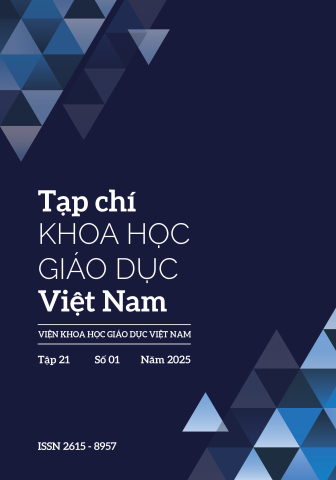[1] Bond, L. A. (1996). Norm-and criterion-referenced testing. Practical Assessment, Research, and Evaluation, 5(1), 2. Published by University of Massachusetts Amherst Libraries
[2] Hạ Anh & Thanh Hùng. (2025). Bộ trưởng Giáo dục giải thích lộ trình đưa tiếng Anh là ngôn ngữ thứ 2. Báo điện tử Vietnamnet. Retrieved from https:// vietnamnet.vn/bo-truong-giao-duc-giai-thich-lotrinh-dua-tieng-anh-la-ngon-ngu-thu-2-327239. html
[3] Lê Thị Tuyết Hạnh. (2021). Chương trình dạy môn chuyên ngành bằng tiếng Anh trong các cơ sở giáo dục đại học trong nước và trên thế giới: Thực trạng áp dụng và đề xuất cải tiến. Tạp chí Khoa học Giáo dục Việt Nam, số 37, tr.60-63
[4] Mai Chi & Trần Doãn Phú. (2008). Lí thuyết xác suất và thống kê toán. NXB Thống kê.
[5] Nguyễn Quang Dong. (2007). Kinh tế lượng chương trình nâng cao. NXB Khoa học và Kĩ thuật.
[6] Nguyễn Quang Dong & Nguyễn Thị Minh. (2013). Giáo trình Kinh tế lượng, NXB Đại học Kinh tế Quốc dân
[7] Nguyễn Thị Tố Hoa & Phạm Thị Tuyết Mai. (2016). Difficulties in teaching English for specific purposes: Empirical study at Vietnam Universities. Higher Education Studies, 6(2), p.154-161
[8] Phạm Hiệp. (2015). Thế nào là một phổ điểm đẹp? Báo điện tử Tia Sáng. Retrieved from https://tiasang. com.vn/-giao-duc/The-nao-la-mot-pho-diem-dep-8947
[9] Trần Doãn Phú - Vũ Công Tuyên. (2023). Tiêu chuẩn định lượng cho một bảng điểm kết thúc học phần đẹp. Tạp chí Khoa học và Phát triển, 2(1), tr.35-40.
[10] Trần Thị Thanh Tâm. (2025). Yếu tố ảnh hưởng tới khả năng học tiếng anh chuyên ngành của sinh viên khối kĩ thuật: Nghiên cứu trường hợp tại trường đại học Công nghệ Đồng Nai. Tạp chí Giáo dục, 25(1), tr.59-64.


